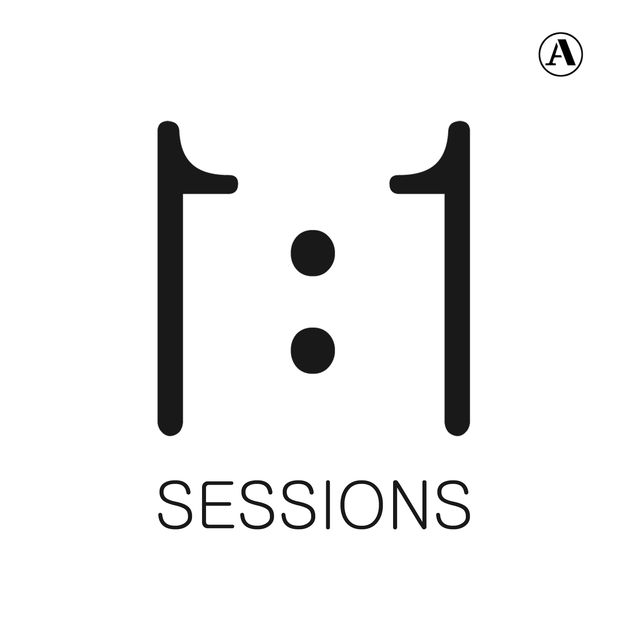
Archinect Sessions One-to-One
Paul Petrunia & Amelia Taylor-Hochberg
Archinect Sessions One-to-One is a weekly show, released every Monday, featuring interview with architects, designers and individuals making a mark within the built environment.
- 10 minutes 49 seconds50 – A psychic predicts who'll win the 2017 Pritzker (Season Finale)
Tired of all those repetitive Pritzker-prediction lists? Always those same, predictable bigly names, and when was the last time they actually got it right? It's time to cut through all the crap and go straight to the source to get the info — the ones who operate at a higher level than any listicle or explainer-piece could. So we asked a psychic.
After a quest to find a future-seer who would let me record the reading, I (Amelia) ventured deep into the depths of Los Angeles' Echo Park neighborhood and sat for 15 minutes with a psychic named Mary. She gave me the following tarot reading, responding to two questions: What are going to be the major concerns for architecture in 2017, and who’s going to win the Pritzker? Find out the answers in this season finale of One-to-One.
After this, One-to-One will be going on indefinite hiatus for 2017. In the meantime, we'd love to hear your feedback on the show — things you liked, disliked, ways to improve, and people you'd like us to interview. Send any One-to-One thoughts to us via [email protected] or through Twitter, @archsessions. Here's to 2017, and thanks for listening!
19 December 2016, 9:26 pm - 23 minutes 52 seconds49 – Yvonne Farrell, director of Grafton Architects – winner of the RIBA International Prize
Shortly after Grafton Architects won RIBA's inaugural International Prize for their UTEC campus in Lima, Peru, I spoke with the firm's director, Yvonne Farrell, to get the backstory to the project and discuss how the award might affect the firm in the long run. As an academic building, UTEC joins a rich collection of other institutional projects by the Dublin-based Grafton.
12 December 2016, 10:00 pm - 54 minutes 39 seconds48 – 'Next Up: The LA River' — The Second Half
Missed out on Next Up: The LA River, Archinect Sessions' podcasting event? Now you can listen to the whole thing, released in two parts on One-to-One. Last week, we released the first half of the interviews, and this week we've got the rest.
This week's playlist of live recordings features interviews with:
Lou Pesce (designer with Metabolic Studio)
Julia Meltzer (director and founder of Clockshop, a non-profit arts organization) and Elizabeth Timme (co-director of LA-Más)
Renee Dake Wilson (partner at Dake Wilson Architects and VP of the Los Angeles City Planning Commission) and Alexander Robinson (assistant professor of architecture at USC and principal at Office of Outdoor Research)
Mia Lehrer (founder and president at Mia Lehrer + Associates)
5 December 2016, 9:33 pm - 45 minutes 18 seconds47 – 'Next Up: The LA River' — The First Half
Missed out on Next Up: The LA River, Archinect Sessions' live podcasting event? Now you can listen to the first half all at once, on One-to-One. Next week we'll release the full second-half.
This playlist of live recordings features interviews with:
- Frances Anderton (host, KCRW’s DnA) and Christopher Hawthorne (architecture critic, Los Angeles Times)
- Steven Appleton (co-founder, LA River Kayak Safari) and Catherine Gudis (co-founder, Play the L.A. River game)
- Marissa Christiansen (Executive Director (formerly Senior Policy Director), Friends of the Los Angeles River)
- Deborah Weintraub (Chief Deputy City Engineer, LA Bureau of Engineering)
About Next Up: The LA River
When Frank Gehry's office was first attached to the L.A. River's master plan and redevelopment, the river began attracting fresh attention over a project that had already been evolving for decades. This October, in an attempt to do justice to the river's complexity and history (and the accompanying urbanist discourse), Archinect hosted 'Next Up: The LA River'—a live podcasting interview series with an array of architects, planners, artists, and journalists with varying perspectives on the subject.
We're now eager to share those conversations with everyone as eight Mini-Sessions, released as part of our Archinect Sessions podcast. Amelia Taylor-Hochberg, Paul Petrunia and Nicholas Korody moderated the conversations, which took place at the Los Angeles Architecture + Design Museum on October 29, 2016. While we reached out to them, unfortunately no representatives from Gehry's office were able to take part.
29 November 2016, 12:21 am - 46 minutes 33 seconds46 – David Delgado and Daniel Goods, visual strategists at NASA's Jet Propulsion Laboratory
Through their work as visual strategists for NASA's Jet Propulsion Laboratory, David Delgado and Daniel Goods inspire scientists and make science inspiring. Under 'The Studio' at JPL, David and Dan help engineers and scientists sort through their own design problems using creative methodologies, while also framing JPL's research for a general audience—making things like travel posters for exoplanets and helping realize a giant listening station for orbiting satellites.
David and Dan sat down with me to discuss their role in the JPL ecosystem, and the invaluable role their architect- and designer-collaborators play in imagining the future. David starts off the conversation by describing their 'Metamorphosis' project: visualizing the surface of a comet through sculpture, for the Rosetta Mission.
Update 11/15/16: To clarify, the "Jason" Dan refers to ~2:08 is Jason Klimoski, of the architecture firm StudioKCA, whom NASA JPL asked to design the installation 'Metamorphosis'. David and Dan are not themselves designers/architects, but work with those professionals as their clients to realize JPL/NASA's objectives.
15 November 2016, 12:16 am - 35 minutes 53 seconds45 – 'Never Built New York' authors Greg Goldin and Sam Lubell
Never Built New York, by curators and authors Greg Goldin and Sam Lubell, is an astounding collection of architectural projects that never made it into being. The book features projects from the last two centuries, sited all throughout the five boroughs, that range from the monumental to the mortifying. Alongside infamous projects like Buckminster Fuller’s dome over Manhattan and Frank Lloyd Wright’s Key Plan for Ellis Island, visions for an alternate New York-urbanism abound: aborted reflections of their time, place and politics.
The book continues in the tradition of Goldin and Lubell's 2013 exhibition, "Never Built Los Angeles", including focused research on each project alongside gorgeous drawings and visualizations. I spoke with the authors about their curatorial approach to the book, and the projects that they were most excited by.
7 November 2016, 6:50 pm - 49 minutes 31 seconds44 – RotoLab co-founders Michael Rotondi, M A Greenstein and Nels Long
Paul and Amelia are joined in-studio by the co-founders behind RotoLab, Michael Rotondi's new start-up. Along with Nels Long and M A Greenstein, Rotondi has ambitions to create uniquely VR-environments for architectural education and practice, and in the process, completely upend how we learn and work. Inspired by decades of experience in architecture and VR’s imminent future, Rotondi and his co-founders spoke about socializing in VR, gaming as education, and what this new frontier could mean for tomorrow’s architects.
31 October 2016, 10:05 pm - 35 minutes 22 seconds43 – George Tsypin, stage designer behind the 2014 Sochi Olympic Games and "Spider-Man: Turn Off the Dark"
You probably don’t recognize George Tsypin’s name, but you’re almost certainly familiar with his projects. After training as an architect in Moscow, Tsypin moved to New York to study theater design, and it’s now safe to say millions upon millions of people have seen his work. He’s designed stage sets for the MTV VMA’s, operas, Broadway plays, and the 2014 Winter Olympics’ Opening Ceremony at Sochi, among many others.
Tsypin's work is now captured in GEORGE TSYPIN OPERA FACTORY: Invisible City, released on October 18 by Princeton Architectural Press. We spoke about designing for theatrical and mass media performances, and how his architectural training grounds his practice.
Our interview begins with Tsypin's account of working in 5Pointz, the infamous graffiti building in Long Island City. Special thanks to Princeton Architectural Press for helping coordinate the interview.
24 October 2016, 7:26 pm - 31 minutes 36 seconds42 – Catie Newell and Wes McGee, ACADIA conference workshop co-chairs
Aside from their role as workshop co-chairs for the ACADIA conference, this week's One-to-One guests are both architects who work and teach at Taubman College of Architecture and Urban Planning at the University of Michigan. Their focus on fabrication led them to their roles at ACADIA, with McGee directing Taubman's FABLab and Newell serving as Director of the Master of Science in Material Systems and Digital Technologies.
ACADIA stands for the Association for Computer Aided Design in Architecture, and this year's conference, "Posthuman Frontiers: Data, Designers and Cognitive Machines" (October 27-29) attests to the extreme collaborative depths humans and machines have come to in architecture. I spoke with Catie and Wes about what they have planned for the conference workshops, taking place October 24-26, and just how close architects are to achieving the singularity.
17 October 2016, 9:24 pm - 20 minutes 30 seconds41 – Deborah Berke
The small town of Columbus, Indiana is packed with the works of famous modernist architects, but unlike cities like New York or Chicago, Columbus’s pedigree isn’t so often brought into the national architectural discourse. Exhibit Columbus, a new symposium and exhibition happening annually in the city, is hoping to change that.
Deborah Berke, architect and dean at Yale, has worked extensively in Indiana and was a keynote speaker at this year's inaugural Exhibit Columbus symposium. She joined me on the podcast to reflect on the local and regional influences of Columbus IN, and the impact they've had on her career.
10 October 2016, 6:56 pm - 32 minutes 41 seconds40 – Steven Holl
Steven Holl is globally renowned for monumental works that specifically invoke light, color and porosity in both programmatic and aesthetic ways. Holl can also be thought of as an artist’s architect—his firm has done work for many arts institutions, he methodically sketches his projects in watercolors, and his style is heavily influenced by art practice and theory. He’s also very interested in the phenomenology of architecture—how it’s sensed by humans, and its impact on our existence.
We spoke in a totally unremarkable conference room at the Salk Institute in La Jolla, California, the day before Holl was scheduled to give a keynote presentation for the Academy of Neuroscience for Architecture’s conference.
3 October 2016, 6:53 pm - More Episodes? Get the App
Your feedback is valuable to us. Should you encounter any bugs, glitches, lack of functionality or other problems, please email us on [email protected] or join Moon.FM Telegram Group where you can talk directly to the dev team who are happy to answer any queries.
 ARCHITECT
ARCHITECT
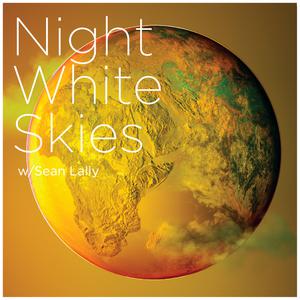 Night White Skies
Night White Skies
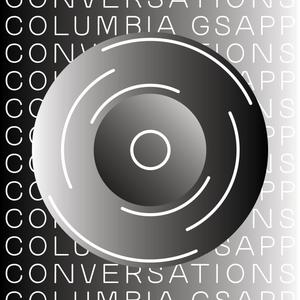 GSAPP Conversations
GSAPP Conversations
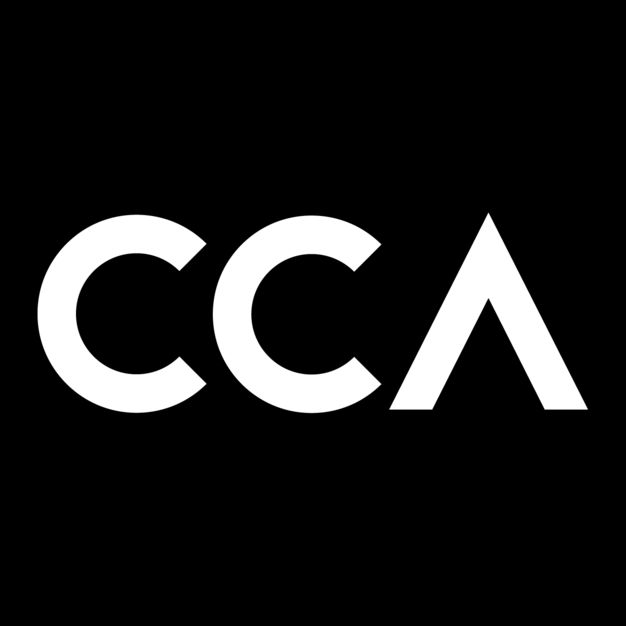 Canadian Centre for Architecture / Centre Canadien d’Architecture
Canadian Centre for Architecture / Centre Canadien d’Architecture
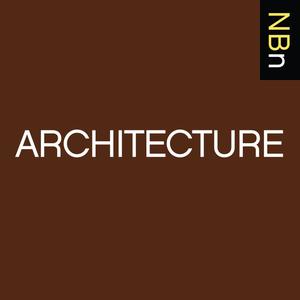 New Books in Architecture
New Books in Architecture
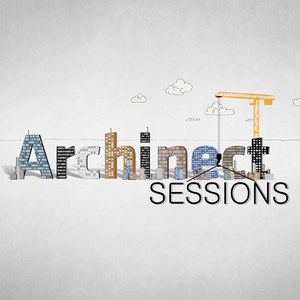 Archinect Sessions
Archinect Sessions